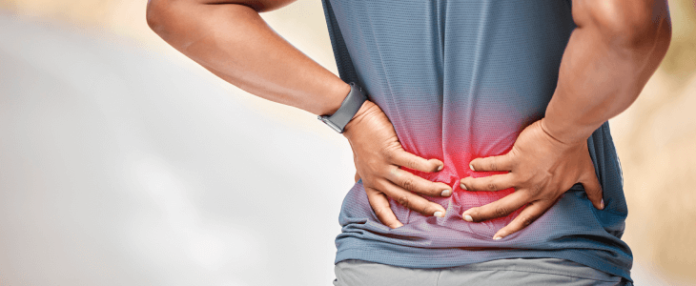Chronic lower back pain is a common issue affecting millions of people worldwide. Managing this condition effectively often requires a multi-faceted approach, combining physical therapies, targeted stretches, and innovative medical devices. Below are some of the most effective options for relieving chronic back pain:
1. Physical Therapy
Physical therapy involves personalized exercises designed to strengthen the muscles supporting the spine, improve flexibility, and reduce pain. Therapists create tailored plans that address each patient’s specific needs. It often includes posture correction and manual therapy techniques, such as spinal manipulation, to enhance movement and function. Though highly effective, therapy requires consistency and time to yield results, which can be challenging for some patients.
Pros: Long-term relief and improved spinal health.
Cons: Time-consuming and requires regular sessions.
2. Stretching and Strengthening Exercises
Gentle stretches focusing on the hamstrings, hips, and lower back muscles can alleviate pressure on the spine. Additionally, core-strengthening exercises stabilize the spine and improve posture. Yoga and Pilates are often recommended for chronic back pain sufferers due to their low-impact nature. While beneficial, improper form during stretching can aggravate pain, so guidance from a professional is essential.
Pros: Low-impact and easily accessible.
Cons: Risk of injury without proper guidance.
3. TENS (Transcutaneous Electrical Nerve Stimulation)
TENS units are small, portable devices that deliver electrical pulses to the skin to reduce pain signals sent to the brain. Many people find relief from this non-invasive treatment, especially for muscle spasms or nerve-related pain. However, while effective for short-term pain relief, it may not provide long-term solutions for chronic pain sufferers.
Pros: Non-invasive and easy to use at home.
Cons: Temporary relief and requires ongoing use.
4. Inversion Therapy
Inversion tables allow users to hang upside down, using gravity to relieve pressure on the spine and decompress the discs. This therapy can temporarily reduce pain and improve spinal alignment. It is particularly useful for individuals with herniated discs. However, it may not be suitable for people with certain medical conditions, such as high blood pressure or glaucoma.
Pros: Effective for decompressing the spine and improving alignment.
Cons: Not suitable for everyone and provides only temporary relief.
5. Lumbar Support Devices
Lumbar support devices, such as ergonomic chairs, cushions, or belts, are designed to provide extra support to the lower back, maintaining proper spinal alignment and reducing strain. These devices are particularly useful for those who sit for extended periods. However, they should be used in conjunction with other treatments to prevent long-term reliance on external support.
Pros: Convenient and affordable way to improve posture.
Cons: May cause muscle weakness if over-relied upon.


